6 storytelling techniques to improve your content performance
Great storytelling is the backbone of high-performing content. Whether you're creating short-form videos, writing scripts, or crafting brand narratives, mastering storytelling can set you apart from others. In this article, we will explore six distinct storytelling techniques shared by creator and storyteller Kane Kallaway, who has accumulated over a billion views across his content catalog. These techniques will not only elevate your content but also fundamentally shift the way you approach scripting and storytelling.
Let’s break them down step by step.
the dance: context and conflict intertwined
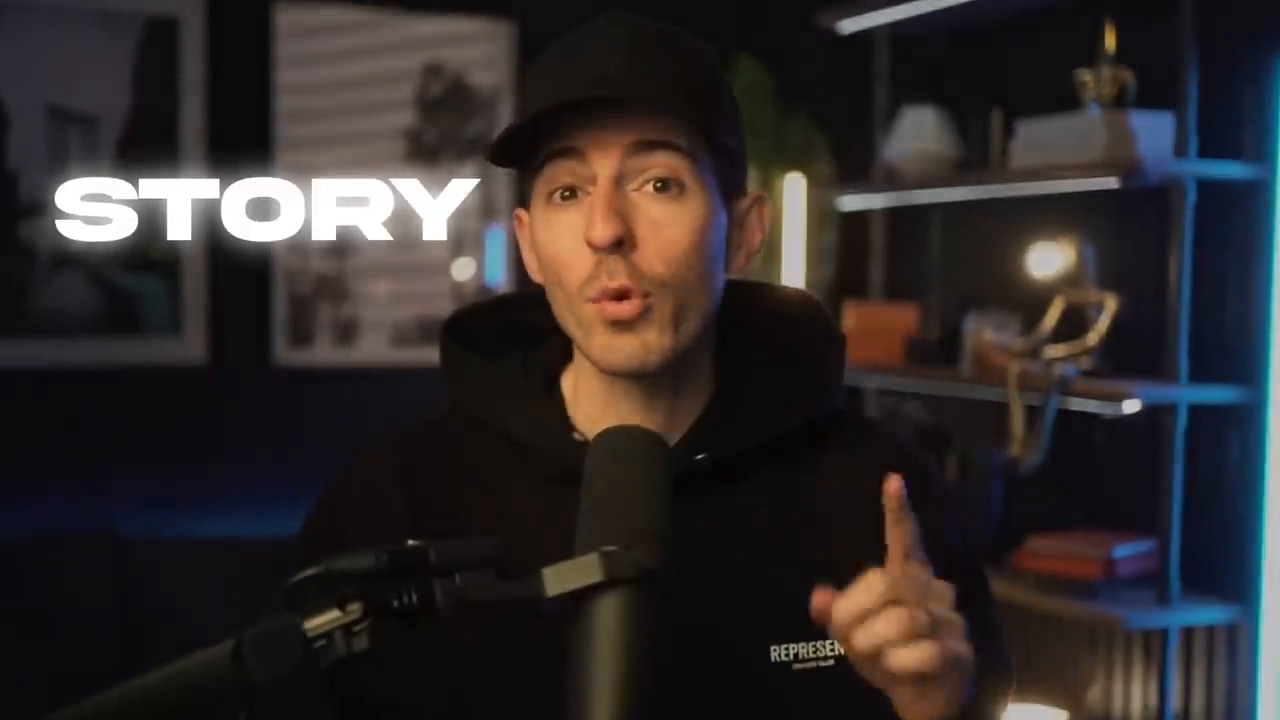
The dance is the foundation of storytelling, inspired by South Park creators.
Storytelling is like a dance—a back-and-forth between context and conflict. Kane describes this as the soul of a gripping narrative. You first provide the viewer with some context: What’s happening? Who is the character? What’s the objective? Then, you introduce conflict: a problem or complicating factor that derails the character’s mission. This balance of exposition and tension locks viewers in and keeps them engaged throughout the story.
Why does this work?
Conflict creates "open loops" in the brain—a form of suspense that begs for resolution. When you resolve the tension with context, you provide closure to the audience. This back-and-forth rhythm maintains their attention.
Tactical application
Matt Stone and Trey Parker, the creators of South Park, introduced a fantastic rule for structuring a narrative: replace "and then" with either "but" or "therefore." This ensures every beat of your story builds on a previous event while introducing new twists:
- "This happens, therefore that happens, BUT something complicates the situation."
- "That complication, therefore, leads to another conflict."
Using this framework ensures that your content isn’t merely a series of events weakly strung together—each moment feels deliberate and cohesive. Kane proves this with an analysis of his own viral videos, where multiple "but-then" conflict loops appear in just 30 seconds. This pattern keeps viewers hooked.
rhythm: write like music
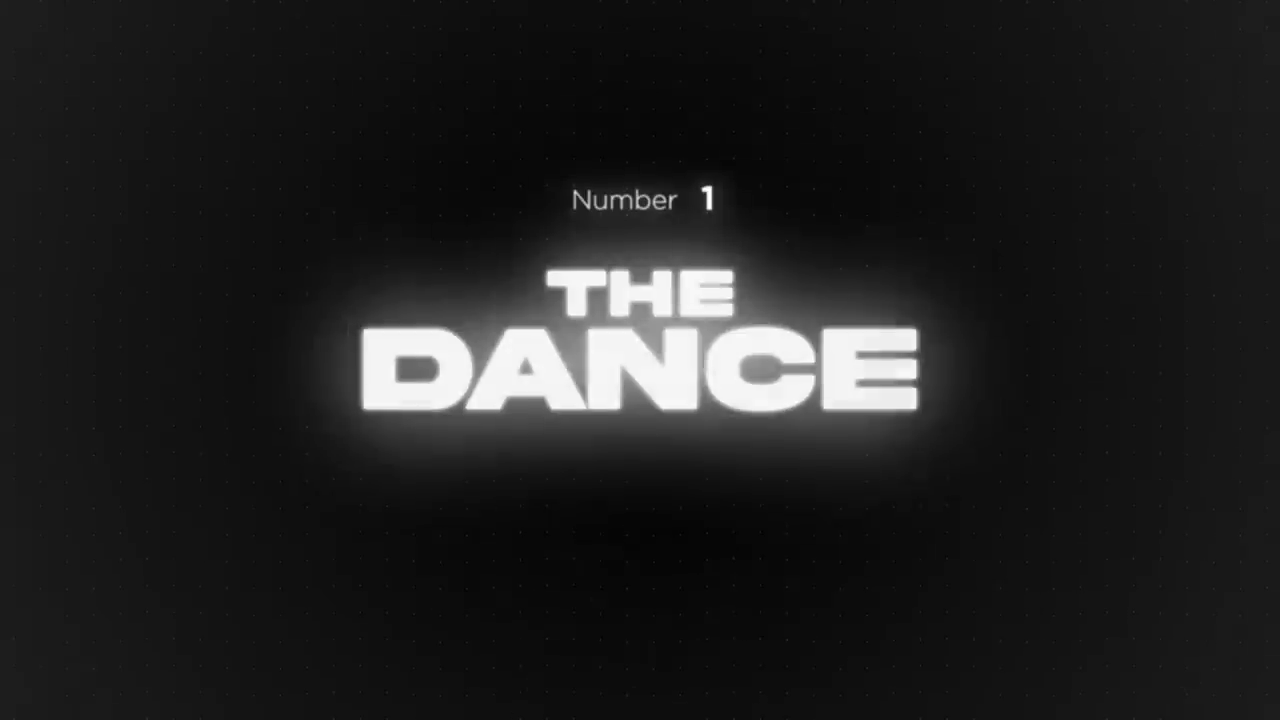
Rhythm in storytelling impacts how your content "sounds" to viewers.
Beyond the words you write, storytelling thrives on rhythm. Great storytellers wield words like musicians—creating a melody, a dynamic ebb and flow, that captivates the audience. As Kane puts it, the rhythm of your sentences and delivery matters deeply.
Author Gary Provost encapsulated this idea beautifully:
"Five-word sentences are fine. But several together become monotonous... Vary the sentence length, and you create music."
By alternating sentence lengths and styles, you introduce a harmony that keeps the audience on their toes and ensures your content feels dynamic.
Tactical application
Kane recommends writing scripts in a way that visually audits sentence length. Break your sentences down into lines in your script-writing tool. A jagged edge in your document—a mix of long, short, and medium lines—acts as a visual cue for rhythmic variety. If your sentences are all uniform, your content risks becoming monotonous and predictable.
tone: conversational storytelling
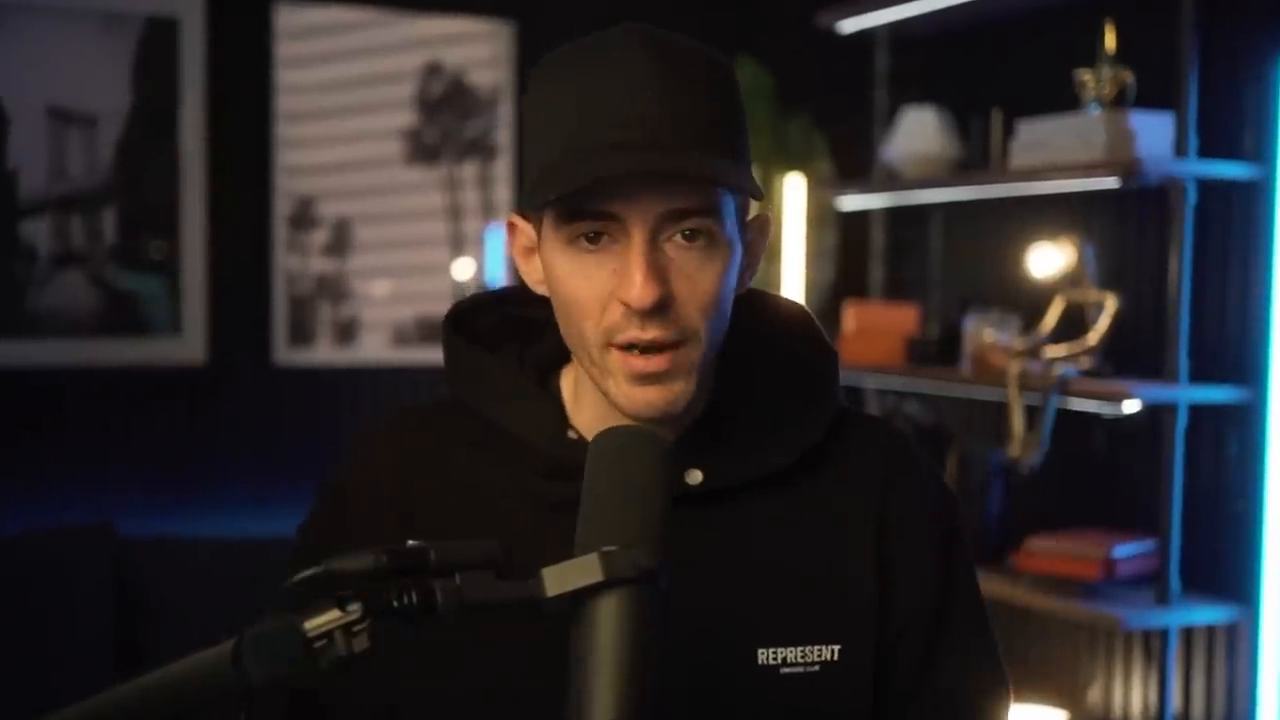
A strong conversational tone helps the audience feel like participants, not observers.
Successful creators—from YouTube giants like Casey Neistat to world-renowned orators like Steve Jobs—excel because of their mastery of conversational tone. They create content in a way that feels intimate, as though they’re speaking directly to each viewer, almost like a close friend.
Emma Chamberlain’s rise to stardom is another example of how relatability and tone make content memorable. She dismantles the artificial "performer’s persona," making her viewers feel like they’re spending time with a peer—not simply watching polished content.
Breaking the fourth wall
When you erase barriers between yourself and your audience, you create a deeper connection. People are less skeptical or "on guard" against being sold something when you invite them into a conversation rather than a lecture. Kane shares tactical advice: write your script or film your content while imagining you’re speaking to one close friend. If this feels difficult, try printing a photo of that person and taping it near the camera lens to serve as a visual aid.
Over time, content creators grow more comfortable with conversational storytelling. At first, content might feel like it’s "talking at" people, but with practice, it transitions to "talking with" them—inviting them into the narrative.
direction: start with the end in mind
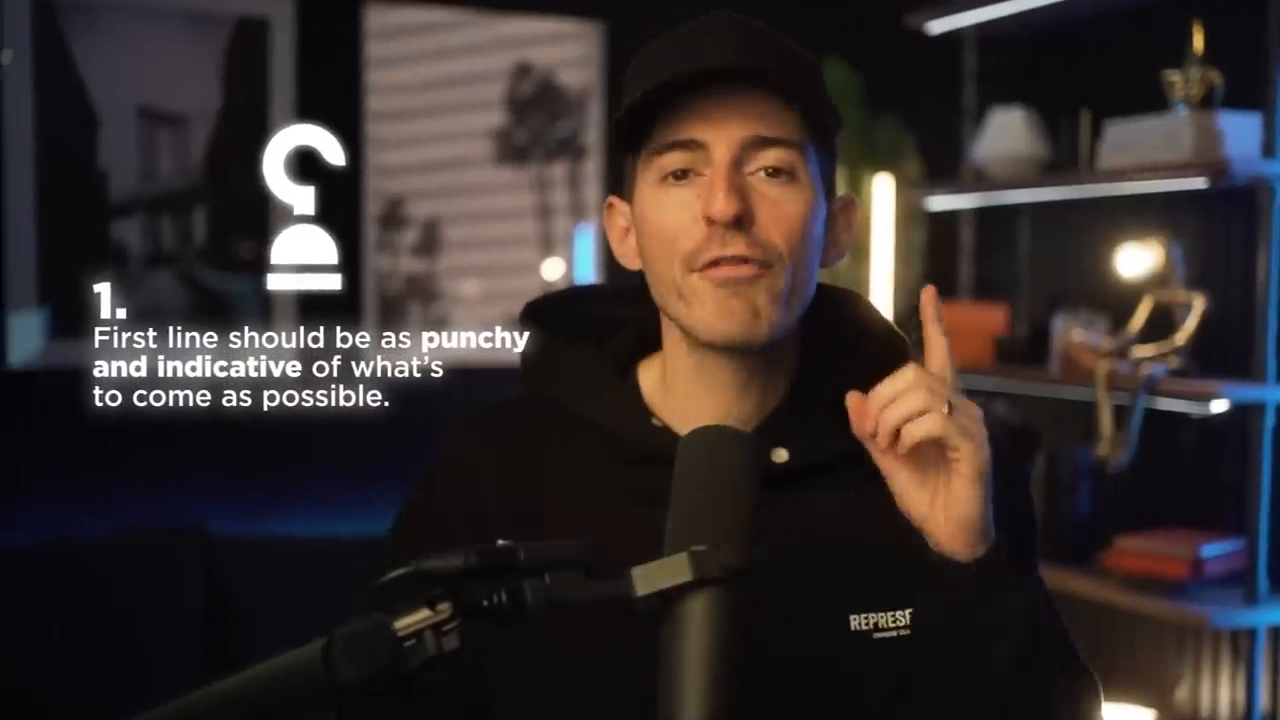
Starting with the final scene ensures narrative clarity throughout.
One of the most effective ways to give your story structure is to determine the ending before anything else. Kane calls the final moment “the last dab” because it’s the final impression—a line or scene so memorable that it alone could compel people to share the story with someone else. In short-form content, the ending often loops back to the beginning, creating a seamless replay for audiences.
Learning from Christopher Nolan
Legendary director Christopher Nolan is known for complex, mind-bending films like Inception and Interstellar. Despite featuring intricately woven plotlines, Nolan always starts by mapping out the conclusion. Knowing how the story ends allows him to build tension and progression that naturally connect to the reveal.
Application in content creation
Short-form scripts work similarly. Kane recommends writing the first and last lines before filling in the "space in between." This clarity ensures your content builds towards a purposeful climax, leaving viewers with a satisfying conclusion.
story lenses: finding a unique angle
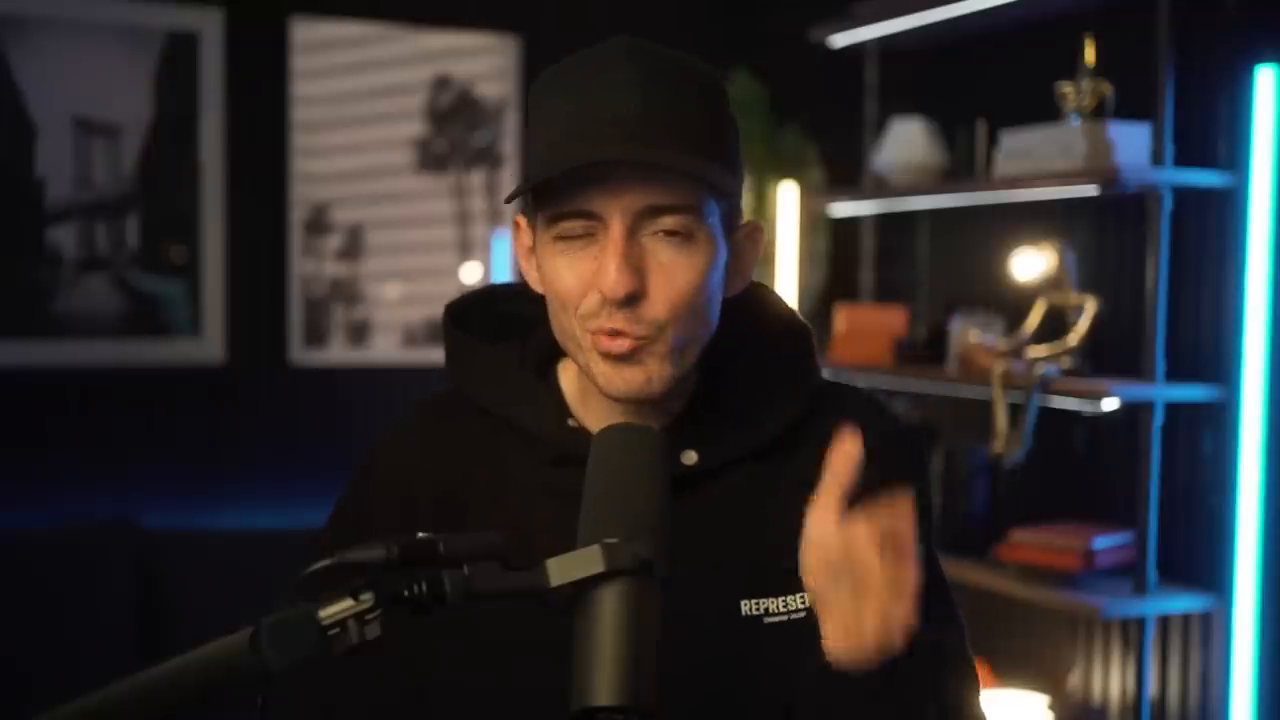
Your unique angle is what makes your content distinct.
In an era where virtually every topic imaginable has been addressed, finding a "hot" topic isn’t enough to grab attention. The differentiating factor lies in your story lens—the unique way you approach and interpret events. Kane likens this to placing a prism in front of a beam of light: your individual spin refracts common topics into something new that nobody else is doing.
Example: Taylor Swift at the Super Bowl
When Taylor Swift attended the Super Bowl, content creators had a plethora of popular angles to explore, from her outfit to her reactions. But Kane noticed a gap: not many creators were analyzing the business impact Taylor’s presence brought to the NFL. This lens set his content apart, helping it rack up millions of views.
When brainstorming your next piece, challenge yourself to identify less common story lenses. Reflect on questions like:
- What perspectives are underexplored?
- How can you connect personal or niche experiences to the main narrative?
This approach positions you as a standout voice even in crowded niches.
the hook: punchy openings and visual intrigue

A strong hook ensures viewers pay attention past the first few seconds.
The hook is foundational—without capturing attention in the first few seconds, the rest of your content is irrelevant. Kane offers two key tips to uplevel your hooks:
Get to the point immediately.
Your first line should directly introduce the premise of the video or script. Avoid vague intros like, "You won’t believe this," and lean into punchy specificity: "These are the best techniques for growing strawberries."Show as you tell.
Visual hooks are significantly more effective than verbal hooks alone. Our brains process visuals faster than sound, so combining auditory and visual elements grabs attention immediately. Kane highlights how his friend Kevin from Epic Gardening excels at this by flashing a vivid image of a strawberry the moment the video begins—instantly drawing viewers in.
conclusion: mastering storytelling step by step
Mastering storytelling doesn’t happen overnight, but by consistently applying these six techniques, you can create content that performs better and resonates deeper with your audience:
- The dance of context and conflict keeps viewers engaged.
- Rhythm makes your content sound and feel dynamic.
- Tone helps you build trust and intimacy with your viewers.
- Crafting your narrative direction from the end ensures cohesion.
- Using story lenses makes your content stand out in crowded spaces.
- A captivating hook guarantees that your story gets a chance to unfold.
If you’re looking to dive deeper into storytelling techniques or content creation strategies, Kane has shared additional free resources and insights in his community, WavyWorld. Join the community to learn about how to create impactful content, from storytelling frameworks to editing tips and beyond.
Start applying these ideas today, and let’s redefine the way we tell stories—one video, one post, and one hook at a time.
